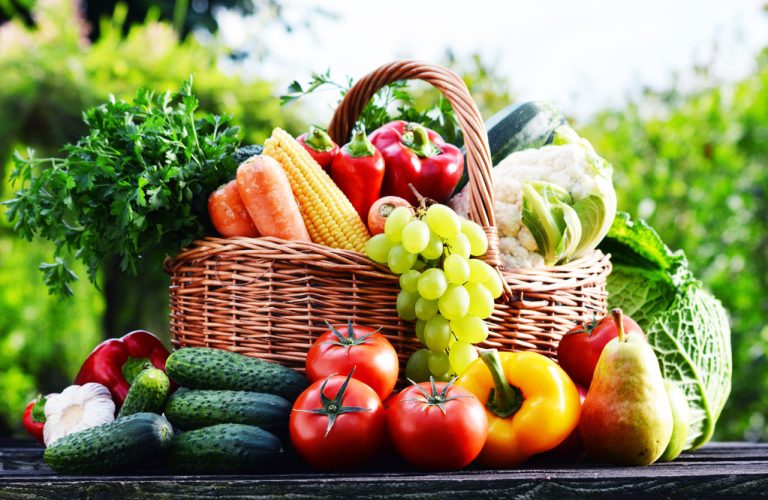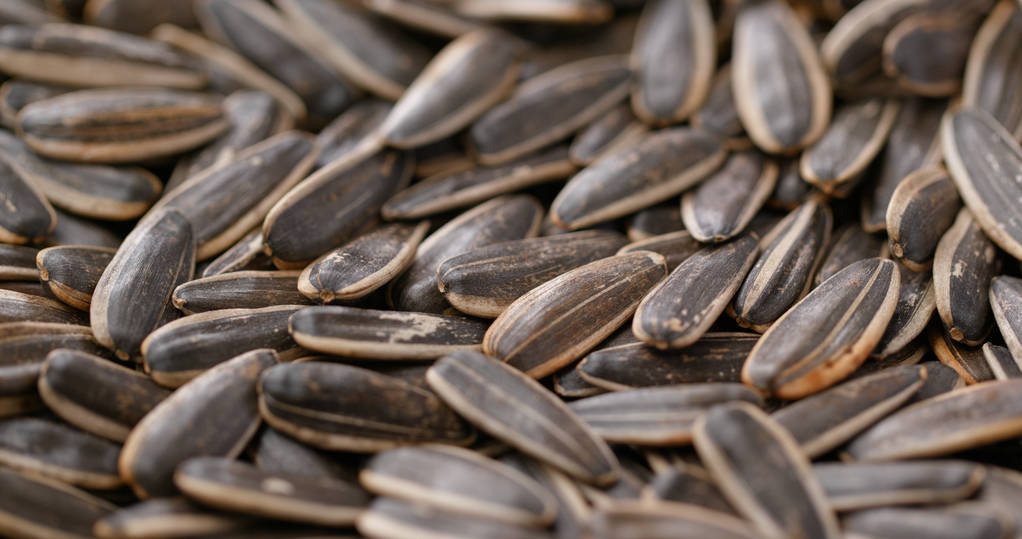Introduction: Street Food and Dietary Restrictions
Street food is a beloved staple of many cultures and cities around the world. However, for those with dietary restrictions, finding suitable options can be a challenge. Fortunately, there are street food vendors who cater to specific dietary needs, such as diabetic-friendly or low-sodium options.
Whether you are a diabetic or have high blood pressure, it is important to maintain a healthy diet. With the help of street food vendors, it is possible to enjoy delicious meals while staying true to your dietary needs. In this article, we will explore some of the street food options available for those with specific dietary requirements.
Diabetic-Friendly Street Food Options
Diabetes is a common condition that affects millions of people worldwide. For those with diabetes, it is important to monitor their sugar intake and maintain a healthy diet. Thankfully, there are street food vendors who offer diabetic-friendly options. Some examples of diabetic-friendly street food include grilled chicken or fish, roasted vegetables, and salads. These options are low in carbohydrates and sugar, making them a great choice for those with diabetes.
Low-Sodium Street Food Alternatives
For those with high blood pressure or other health issues that require a low-sodium diet, finding suitable street food can be a challenge. However, there are street food vendors who offer low-sodium options, such as grilled meats and vegetables. Additionally, some vendors may offer low-sodium sauces or condiments, such as salsa or mustard, to add flavor to your meal without the added salt.
Vegetarian and Vegan Street Food Choices
Vegetarianism and veganism have become increasingly popular in recent years, and street food vendors have taken note. There are now many vegetarian and vegan street food options available, such as falafel wraps, veggie burgers, and tofu stir-fries. These options are not only delicious, but also offer a great source of protein and nutrients.
Gluten-Free Street Food Offerings
For those with celiac disease or gluten intolerance, finding suitable street food can be a challenge. However, there are street food vendors who offer gluten-free options, such as rice bowls, tacos with corn tortillas, and grilled meats. These options are not only gluten-free, but also delicious and satisfying.
Halal and Kosher Street Food Options
For those who follow a halal or kosher diet, finding suitable street food can be a challenge. However, there are street food vendors who offer halal and kosher options, such as halal chicken kebabs or kosher falafel. These options are prepared according to strict dietary guidelines, ensuring that they are suitable for those who follow these diets.
In conclusion, finding street food that caters to specific dietary needs is possible. From diabetic-friendly options to halal and kosher choices, there are street food vendors who offer a wide variety of delicious and healthy meals. With a little research and exploration, it is possible to enjoy all that street food has to offer while staying true to your dietary needs.











